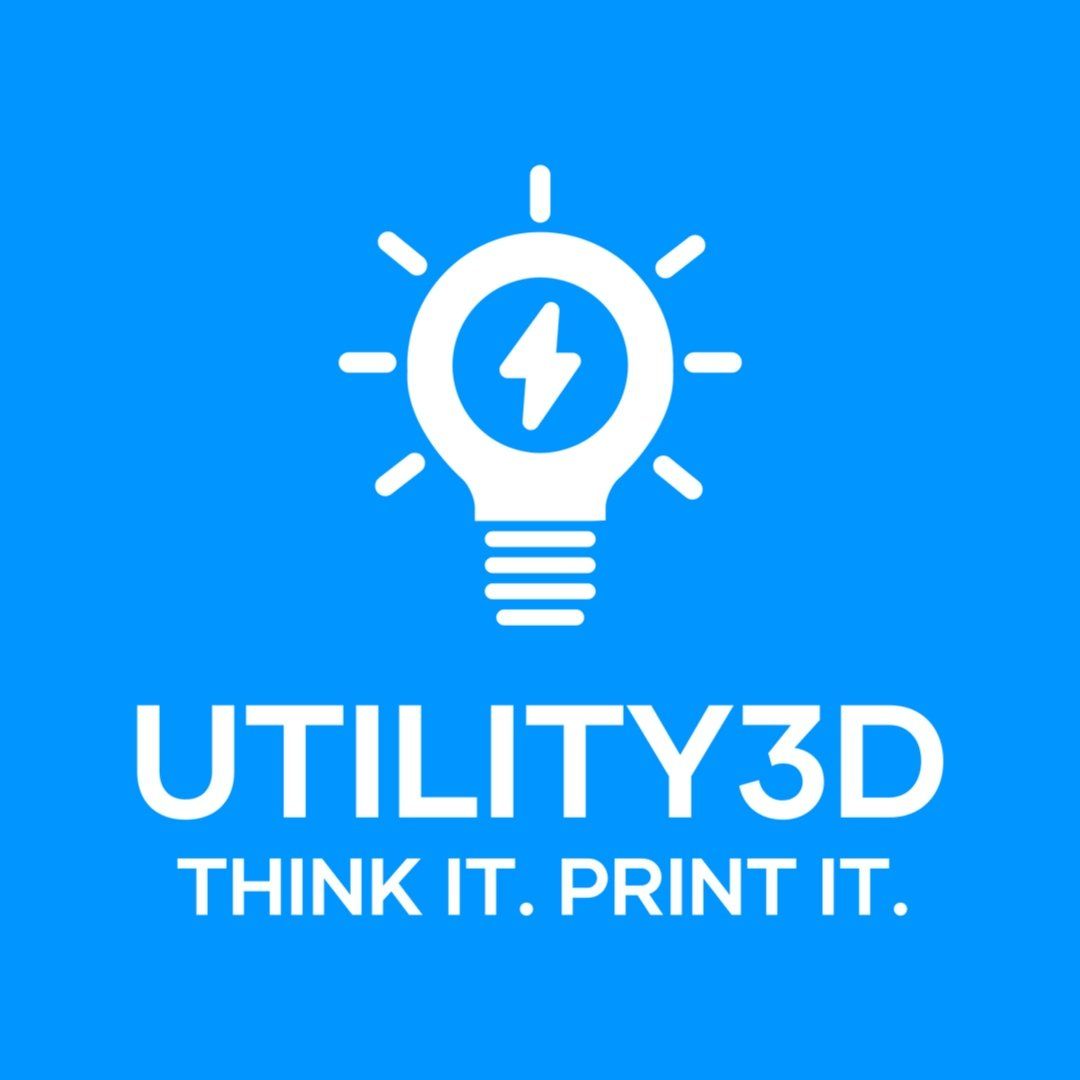Resin Prints
(Stereolithography)
Stereolithography (SLA) 3D printing, or resin 3D printing, has become vastly popular for its ability to produce high-accuracy, isotropic, and watertight prototypes and parts in a range of advanced materials with fine features and smooth surface finish. SLA parts have the highest resolution and accuracy, the sharpest details, and the smoothest surface finishes of all 3D printing technologies, but the main benefit of the stereolithography lies in its versatility.
Watertightness
SLA printed objects are continuous, whether producing geometries with solid features or internal channels. Watertightness is important for engineering and manufacturing applications where air or fluid flow must be controlled and predictable.
Precision
Compared to machined accuracy, SLA 3D printing is somewhere between standard machining and fine machining. SLA has the highest tolerance of commercially available 3D printing technologies.
Fine Features
SLA printers are considered the gold standard for smooth surface finish, with appearances comparable to traditional manufacturing methods like machining, injection molding, and extrusion.
Versatility
Material manufacturers have created innovative SLA resin formulations with a wide range of optical, mechanical, and thermal properties to match those of standard, engineering, and industrial thermoplastics.
APPLICATIONS
MANUFACTURING
Rapid prototyping with 3D printing empowers engineers and product designers to turn ideas into realistic proofs of concept, and guide products through a series of validation stages toward mass production.
PRODUCT DESGIN
Manufacturers automate production processes and streamline workflows by prototyping tooling and directly 3D printing custom tools, molds, and manufacturing aids at far lower costs and lead times than with traditional manufacturing.
DENTAL
Digital dentistry reduces the risks and introduced by human factors, providing higher consistency and precision at every stage of the workflow. 3D printers can produce a range of high-quality custom products and appliances at low unit costs.
EDUCATION
3D printers are multifunctional tools for immersive learning and advanced research. They can encourage creativity and expose students to professional-level technology while supporting STEAM curricula across science, engineering, art, and design.











